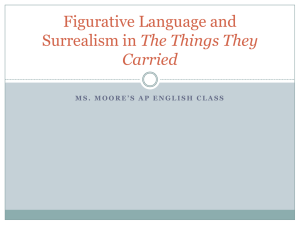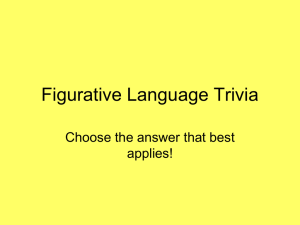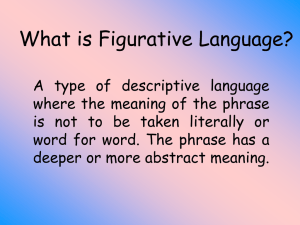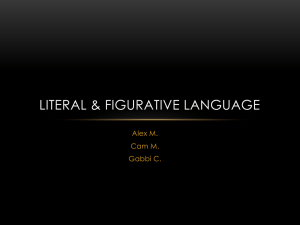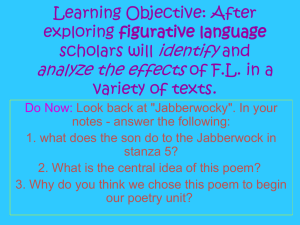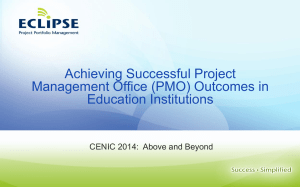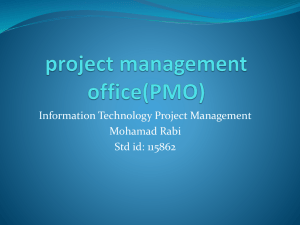Colland-Figurative Language Presentation
advertisement
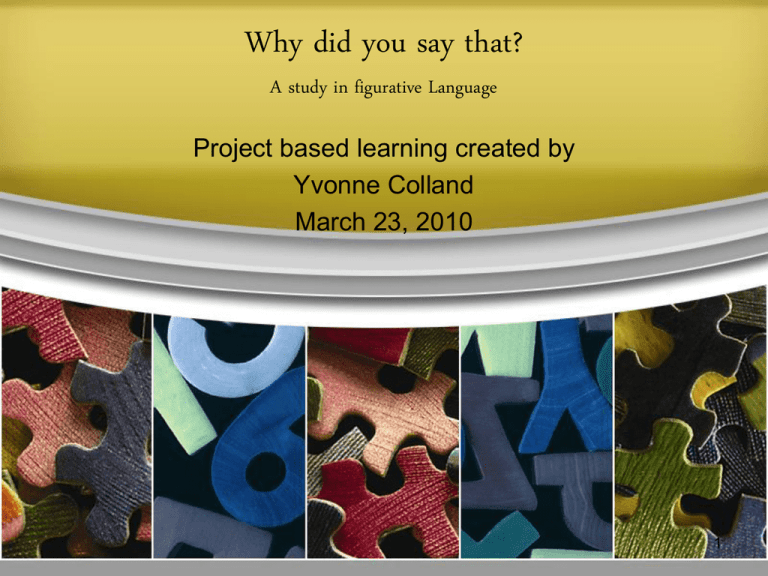
Why did you say that? A study in figurative Language Project based learning created by Yvonne Colland March 23, 2010 1 What is Project Based Learning(PBL)? • Project Based Learning is many lessons that are governed by questions that guide and direct our learning. Students will be completing many projects throughout the course of the PBL to accomplish the lessons’ goals. • For this unit, students will learn about figurative language and use them in their writing. However, the lessons are not from paper-pencil work. Instead, students will explore figurative language and “play” with it until they are able to use it confidently in their writing. 2 Why Project Based Learning (PBL)? • Students learn 21st Century Skills through Project Based Learning (PBL). • Students create unique and original works throughout the year. • Students “own” their learning by asking questions and seeking answers. 3 What are 21st Century Skills? Three categories define 21st Century Skills. They are: • Life and Career Skills • Learning and Innovation • Information, Media, and Technology Skills What does this look like in the classroom? • Collaborative work where students are responsible for their own learning • Real world skills such as team work and problem solving in a group setting • Self-reflection on their own learning and controlling the pace and amount of learning that takes place • Use of technology to support and enhance the 4 project Unit Summary – Use of Figurative Language in Writing Genres • Throughout the school year, students will produce original writings using figurative language to create a clear and descriptive picture to the audience/reader. • Students will have an opportunity to work individually and cooperatively to accomplish the project. 5 Essential Question (A broad, overarching question that can bridge several units or subject areas) Why did you say that? 6 Unit Questions (Guiding questions for the unit) • How might I include figurative language into my oral language and written communication? • Why should I figure out how to use figurative language? • How will I know I figured out figurative language? 7 Content Questions (Content area or definitional questions) • Describe the many different genres of writing that figurative language can be used. • What are the different types of figurative language I will need to know in the 5th (or other appropriate) grade? • What is the definition of each type of figurative language? • What are the different types of writing genres I am 8 responsible in learning? Objectives for this project Teacher Students • Teach and guide students to: • • • • • • – work independently – work with partners – work in small groups • Encourage students to be creative • Ask open ended questions where students come up with their own answers • Provide plethora of opportunities to use technology in projects • • • • Work independently Collaborate with partner Collaborate in small groups Create original writings “Play” with language Discover answers on your own Enjoy being creative Use figurative language in writing Create projects with technology 9 Student Outcomes • Personal narrative (Concept 1, PO1 • Poetry (Concept 1, PO1) – Haiku – Cinquain – Free verse – Quatrain • Response to topics (Concept 2, PO2, PO3) • A “Project Based Learning” experience with Figurative Language • Functional text (directions, rubrics) (Concept 3 PO1) Friendly letter (Concept 3, PO2) • Persuasive essay (Concept 4, PO1) • Response to literature (Concept 5, PO1, PO3) 10 Assessments • In addition to the completed, original writings, students will be assessed in various forms throughout each step of the figurative language project such as: – – – – – – – Wikis Blogs Surveys Multiple choice questions – online Posters Brochures Presentations See next page for more assessments 11 Assessments (page 2) • Additional assessments: – “Publish” works by displaying in classroom, sending them to companies/people, posting them online – Creating a Windows Movie Maker movie where students can narrate the Power Points and pictures associated with their work – Creating “games” to be used on the Smartboard – Online games to practice and see different forms of figurative language – Since project based learning is directed by teachers and students, more assessments may be created based on the needs and desires of the teacher/student partnership 12 Examples of assessments • Click on the following to see an example of a different assessment. Figurative Language -assessment to gauge student needs.docx 13 Questions? Comments? • Feel free to ask questions. • Please give me feedback throughout your learning process and let me know how I can help you. (All animations/graphics retrieved from Microsoft Office online on March 22, 2010) 14


